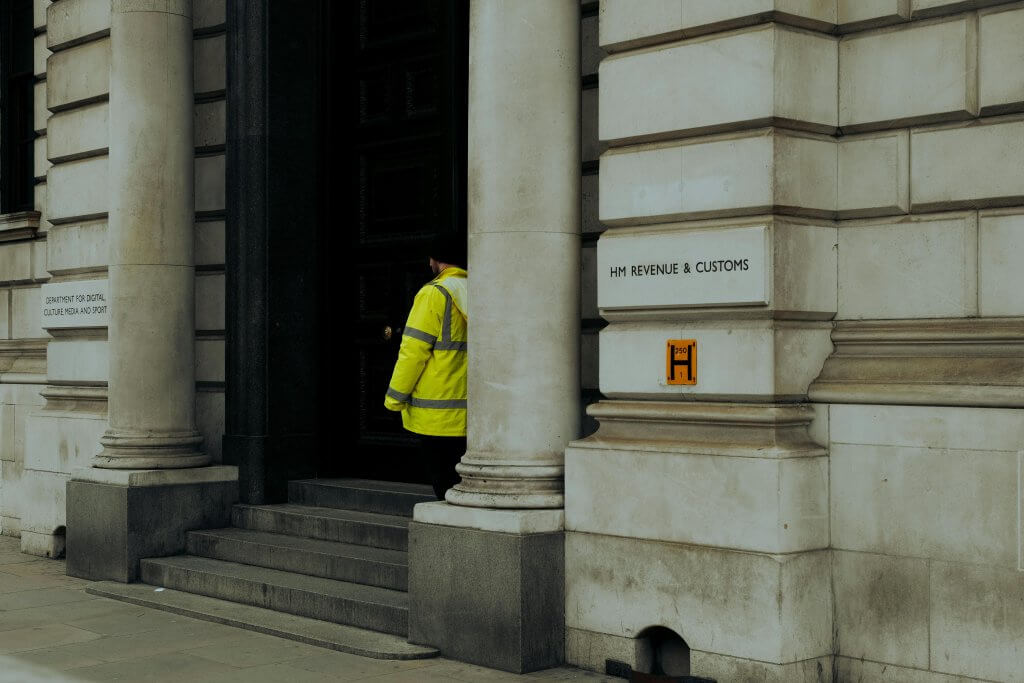Running a business in today’s economic climate isn’t easy. Rising costs and ongoing uncertainty mean that even long-established companies can find themselves under pressure. If you’re a director worried about your company’s financial health, recognising the early warning signs of company insolvency is essential.
Often, the signs appear gradually—small shifts that can be easy to ignore. But spotting these indicators early gives you more time, more options and a greater chance of turning things around. This article outlines the key red flags that your business could be heading for trouble and explains how to respond before things get out of hand.
Start the conversation early
Facing financial difficulties can be daunting. Many directors choose to deal with the situation quietly, hoping things will improve on their own. That’s understandable—but it’s also risky.
Don’t wait until the pressure is overwhelming.
This is especially important if your business is carrying government-backed debt, such as a Bounce Back Loan. While these loans offered crucial support during the pandemic, they can add ongoing strain if trading has slowed or cash flow remains tight.
Opening up early gives you the opportunity to explore options while they’re still on the table. Whether it’s tightening cash flow, revisiting pricing or restructuring part of your business, acting sooner means you stay in control.
In some cases, this could mean entering a formal business rescue process such as a Company Voluntary Arrangement or Company Administration, both of which may help protect the company from creditor pressure while plans are put in place to stabilise operations.
Late payments and cash coming in too slowly
If your business is consistently waiting longer to be paid, it’s time to look more closely. Late payments, a growing debtor book or over-reliance on one or two major clients can quickly tip a business into trouble.
Chasing invoices, extending terms or relying on short-term borrowing to stay afloat might feel like part of normal operations—but they can also signal deeper financial strain. When these pressures are combined with debt repayments—such as Bounce Back Loans—they can stretch cash flow even further.
Reassessing your credit control processes, improving cash collection or exploring invoice finance options might help ease the pressure. But more importantly, they give you space to make considered decisions, not rushed ones.
Margins under pressure
You may not notice it immediately, but steadily rising costs can gradually erode your profit margins. This could be down to increased supplier costs, higher wages, overheads or a general rise in the cost of doing business.
Many directors are reluctant to increase prices, especially when they’re worried about losing customers. But holding back too long can do more harm than good. If margins continue to shrink, the business can become unsustainable—even if turnover looks healthy.
Reviewing your pricing strategy, identifying where your costs have crept up and assessing the real impact on profitability can help clarify your next steps. Sometimes a small pricing change or cost-saving decision can make a significant difference over time. It may be worth considering a structured solution such as a Company Voluntary Arrangement to allow breathing space while a recovery plan is implemented.
Cash-flow uncertainty becoming routine
It’s not unusual for businesses to have the occasional cash-flow problem. But if you’re regularly relying on overdrafts, director loans or delaying key payments, that’s a red flag.
Symptoms of sustained cash flow pressure include:
- Waiting for customer payments to meet payroll or tax
- Juggling supplier terms to keep up with day-to-day costs
- Using Bounce Back Loan funds to cover routine expenses
- Making last-minute financial decisions to cover shortfalls
When this becomes routine, the risk of company insolvency rises. The business may still be operational, but it’s often only one missed payment or unexpected cost away from serious trouble.
Improving forecasting, reducing non-essential spending and setting more realistic payment terms can bring things back into balance. In some cases, a formal HMRC debt management plan or business rescue strategy may be needed to help regain control and avoid more severe consequences.
Falling behind with HMRC payments
VAT, PAYE and Corporation Tax payments are often among the first to fall behind when a business is under pressure. Prioritising wages and supplier costs might seem like the right thing to do, but it can create significant problems later on.
HMRC offers Time to Pay arrangements, which allow businesses to spread payments over time. These can be helpful if used occasionally. But repeated reliance on them suggests the business is no longer able to meet its obligations from its usual income—and that’s a serious concern.
This is particularly important if you also have Bounce Back Loan repayments to consider, as the combination of tax arrears and loan obligations can quickly escalate.
If you’re behind on tax, it’s important to take it seriously. Arrears with HMRC can trigger enforcement action and complicate any future insolvency process. Seeking advice early means you may be able to negotiate terms or restructure your payment approach before HMRC escalates things.
Lack of up-to-date financial information
When a business is struggling, it’s not uncommon for financial reporting to slip. Bookkeeping may fall behind, management accounts might not be updated, and cash-flow forecasts stop being reviewed.
In reality, this lack of visibility makes it harder to take control. You need accurate, timely data to make informed decisions—especially when the stakes are high.
Even simple improvements like a monthly overview of key figures, a basic forecast, or a review of income and expenditure trends can help you feel more in control and spot issues early. This also puts you in a stronger position if you need to seek formal advice or support.
Take a more proactive approach
If you suspect your company is showing early signs of company insolvency, adopting a more structured, proactive approach can make all the difference. This might include:
- Reviewing finances with your accountant more regularly
- Identifying and tracking key risk indicators (like overdue debt, falling margins or rising costs)
- Creating action plans for short-, medium- and long-term priorities
- Ensuring you understand the legal duties of directors when financial distress becomes a concern
If your business is carrying a Bounce Back Loan or other government-backed finance, factor these commitments into your forecasts carefully. They must be included in any realistic assessment of ongoing viability.
Know when to speak to an insolvency practitioner
If your company is facing any of the above challenges, speaking to a licensed insolvency practitioner is strongly recommended. We can help you assess the company’s position, explain the options available, and guide you through your legal responsibilities as a director.
We’ll also advise on how to relieve the pressure of HMRC and Bounce Back Loan debt—including how they’re treated in insolvency, looking at the implications for personal liability depending on how the loan was used.
Importantly, involving a reputable, licensed insolvency practitioner early means more routes are usually available. It could even be possible to restructure your debt and keep your doors open.
Start taking action today
Company insolvency doesn’t mean failure. But to tackle it head on, you need to know where you stand. If your business is starting to show signs of financial difficulty—especially if you’re concerned about debts like a Bounce Back Loan—speak to one of our insolvency professionals as soon as possible. Even if the situation isn’t critical yet, having a plan can help you regain confidence and reduce the stress of the unknown.




